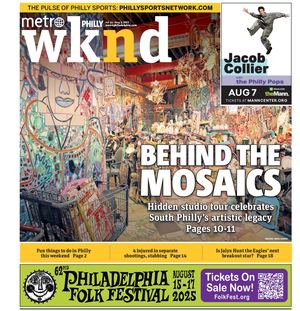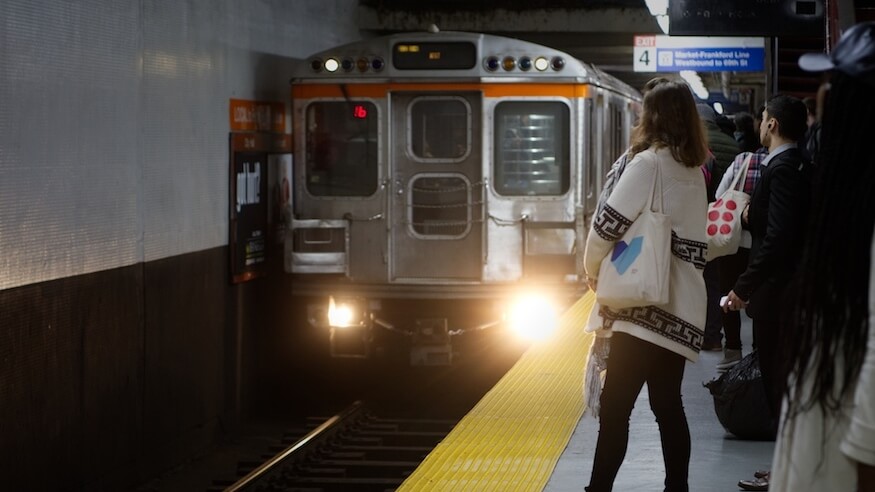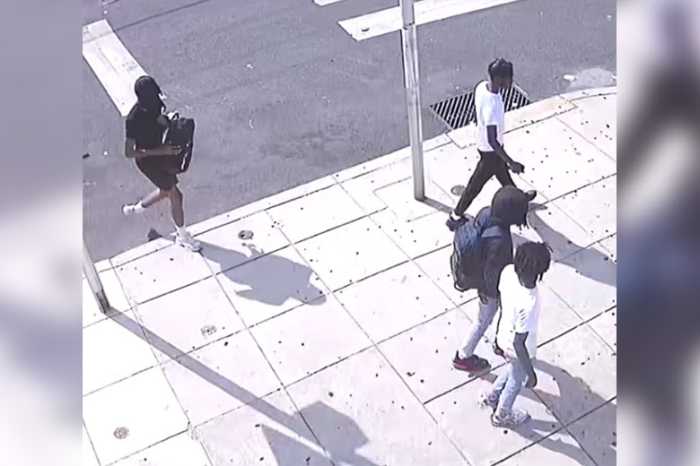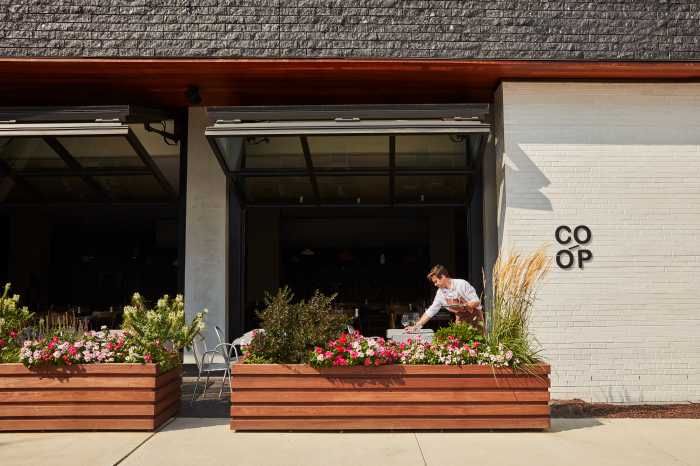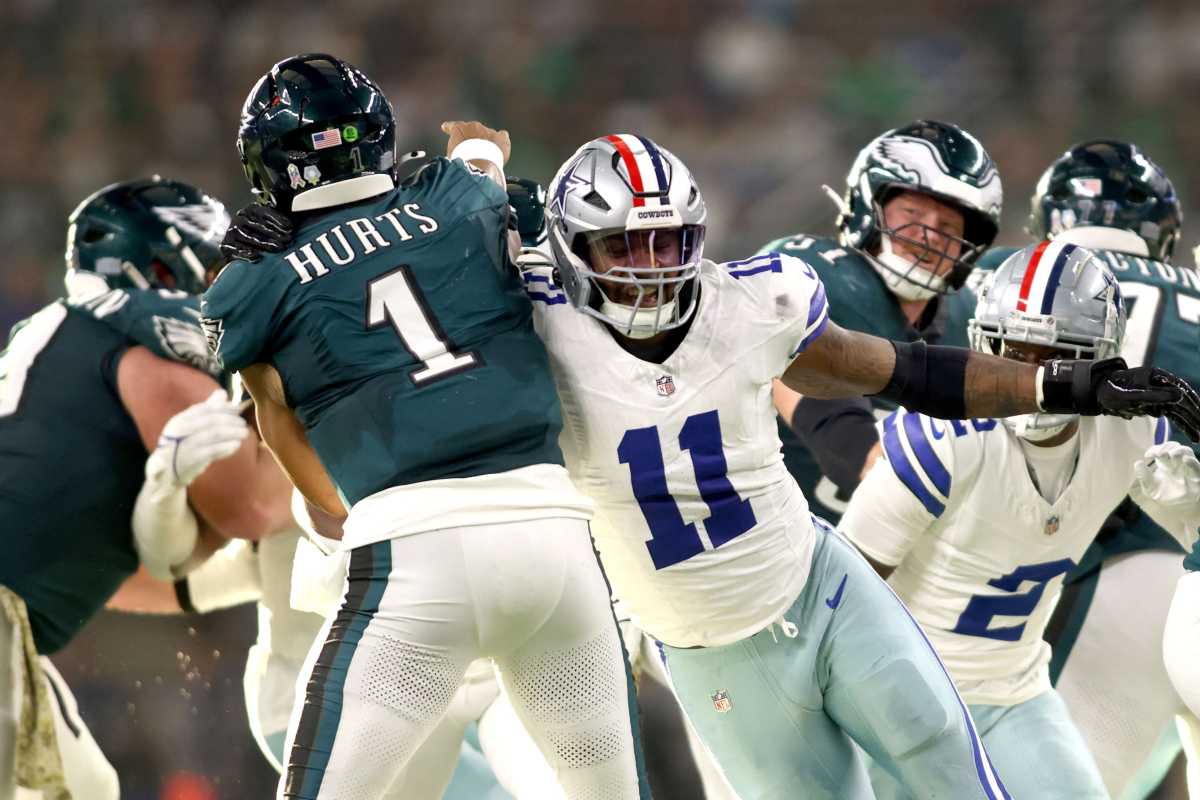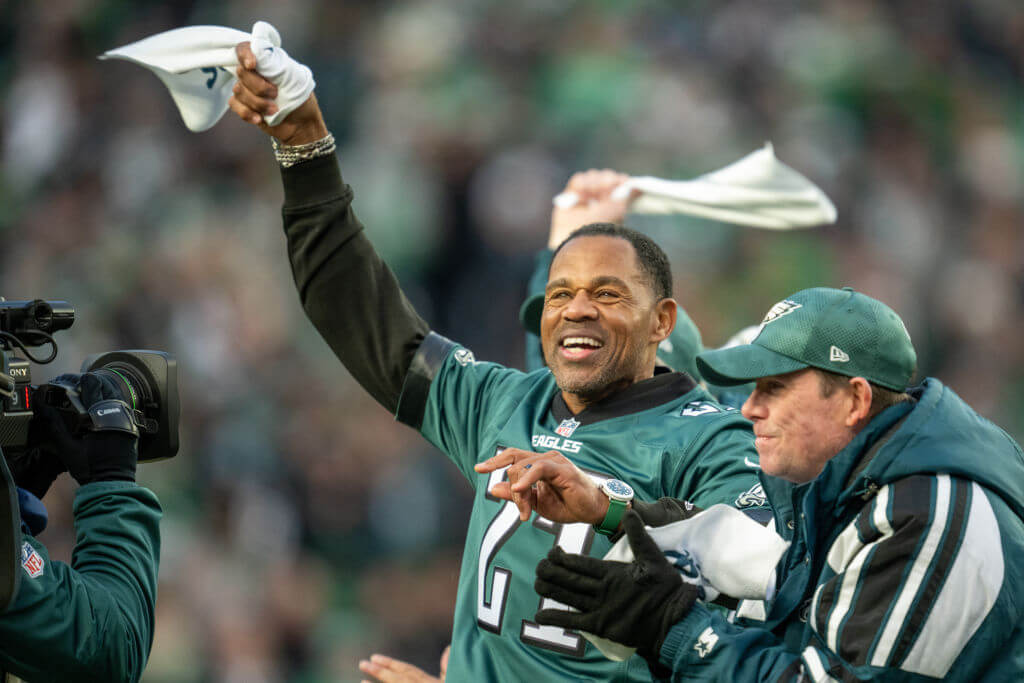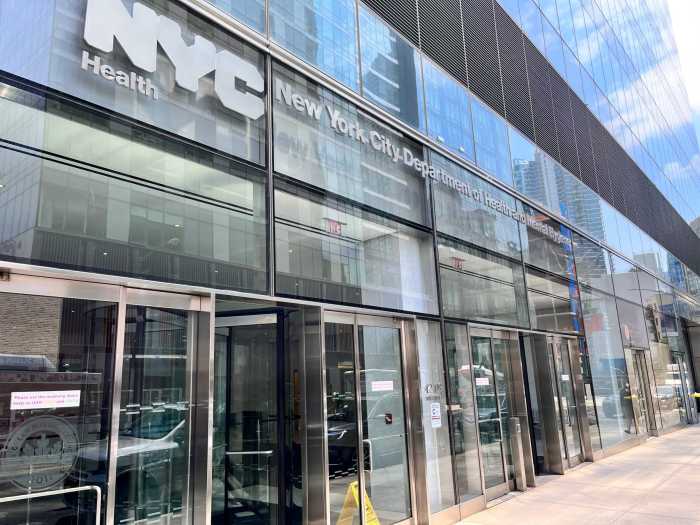We’ve all been there, running late for an occasion, and the train has yet to arrive. You keep refreshing the SEPTA app, hoping it will give you a clear indication of when the train will arrive, but it hasn’t updated since the last time you checked it 30 seconds ago.
Soon, that will be a thing of the past, because Philly is taking some inspiration from New York City by adding real-time countdown clocks at all subway and trolley stops.
Bill Zebrowski, chief information officer for SEPTA, told WHYY.org that, “Our customers are demanding the information, better information on their trips. Part of our goal is to provide more modern, better communications with our customers and more accurate information about when their trips will be.”
This is one of the many projects that is part of the large-scale modernization goal of SEPTA. The project began under former general manager Jeff Knueppel and the plan is to bring the infrastructure into the modern era of the smartphone.
WHYY.org reported that SEPTA spent about $6 million to add cell modems to its transportation system, with the exception of the subways, which will give the location data that can be used in real-time for the SEPTA app. It was reported that this data can be refreshed every 30 seconds. At the moment, the app updates every three to seven minutes.
Since subways are underground, SEPTA says they need a different approach because of signal interference. WHYY.org says that the information comes from the train’s tracking system, which feeds information back to SEPTA’s headquarters.
It was reported that the Broad Street, Market-Frankford and trolley lines actually rely on a totally different system to track their vehicles. So, SEPTA had to reach out to Alstom SA, which is the company that operates the Market-Frankford Line about unifying the trackers.
Once the new system is set up, there will be a real-time tracker that riders can see via signs.
SEPTA reports that they will have the countdown clocks in all BSL stations by November. However, Market-Frankford line riders and trolley riders will have to wait until 2022. It has been reported that the new signals will use the old system, while the transition is taking place. At this time, there is no official launch date.
“You don’t want to have conflicting, different information at different locations… you want it to be consistent,” Zebrowski told WHYY.org.
Zebrowski added, “So it’s really a matter of what we determine as we get closer to that time frame of how we’re going to roll this out to the public.”
